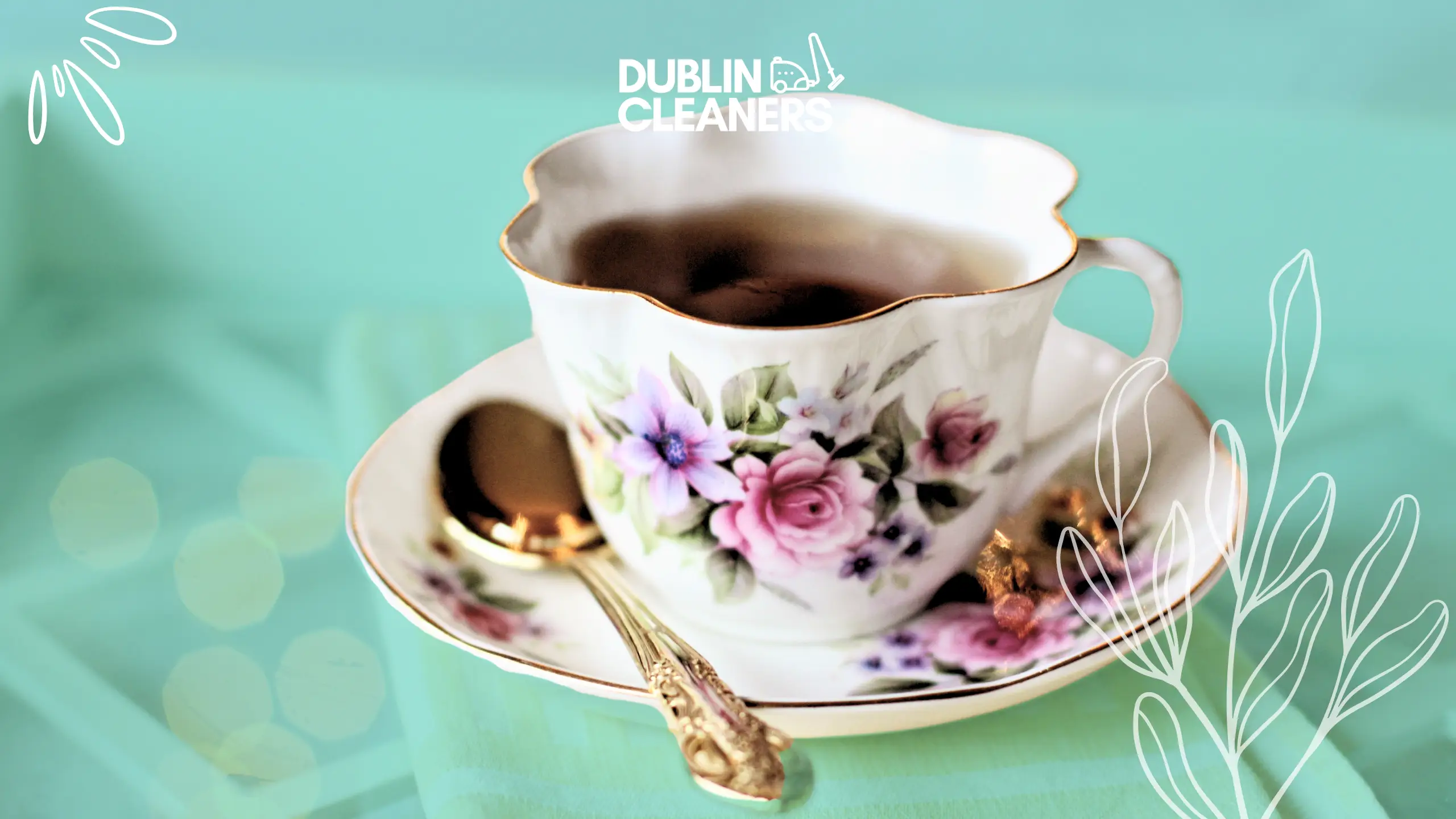Dealing with a smelly washing machine? Start by running a hot wash with vinegar to remove odours and bacteria. Next, wipe down the door seal and detergent drawer with a mixture of water and vinegar to prevent mould buildup. Remove and clean the filter regularly to maintain optimal performance. Lastly, leave the door open after each wash to allow the drum to dry completely and prevent mildew. Let’s get into the details below:
Key Takeaways
- Regularly clean your washing machine to prevent odours by following the provided cleaning steps.
- Use essential tools like vinegar, baking soda, and a microfibre cloth for effective odour removal.
- Consider chemical helpers like washing machine cleaners or bleach for stubborn odours, but use them cautiously.
- Opt for natural alternatives such as lemon juice or essential oils for a more eco-friendly odour removal solution.
- Implement prevention tips like leaving the door open after use and using the right detergent to avoid odour build-up.
- Understand the causes of washing machine odours to address the root issues effectively.
Odour Origins
Front Loaders
Inspect rubber door gaskets for dirt accumulation to prevent odors from forming over time. Use HE detergents exclusively to avoid soap scum build-up, a common source of bad smells. Promptly address any mould and mildew issues to maintain a fresh-smelling washing machine.
Top Loaders
Focus on cleaning the agitator and tub regularly to eliminate lingering odours. Check for residue buildup in the fabric softener dispenser, which can contribute to bad smells. Employ appropriate cleaning techniques designed specifically for top-load machines.
Drain Issues
Clear clogged drains promptly to prevent unpleasant odours from permeating your laundry room. Utilise effective drain cleaning solutions for thorough maintenance and odour prevention. Regularly inspect and clean the drain philtre as part of your routine washing machine upkeep.
Hygiene Lapses
Avoid hygiene lapses by establishing and maintaining a regular cleaning schedule for your washing machine. Address any spills or leaks immediately to prevent odour-causing bacteria growth. Ensure proper ventilation in the laundry area to reduce moisture accumulation, which can lead to musty smells.
Essential Tools
Cleaning Agents
Choose suitable cleaning agents based on machine type. Opt for eco-friendly options when possible to protect the environment. Avoid abrasive cleaners that could harm the machine’s components.
Scrubbing Implements
Select appropriate scrubbing tools for different washer parts. Use a soft sponge for gentle cleaning to prevent scratches. Consider an old toothbrush for intricate cleaning in tight spaces.
Protective Gear
Wear rubber gloves to shield your hands from chemicals during cleaning. Use protective gear when dealing with bleach or harsh substances. Ensure proper ventilation while using strong cleaning agents.
Cleaning Steps
Preparatory Measures
Gather all necessary cleaning materials such as vinegar, baking soda, and a cleaning cloth before starting the process. Prepare the washing machine by emptying it completely of any clothes or items and make sure to disconnect the power source to avoid accidents. Plan out the cleaning process step by step to ensure thoroughness in the cleaning procedure.
Scrubbing Techniques
Drum Scrubbing
Scrub the drum thoroughly using a cleaning solution to remove any dirt or grime that has accumulated over time. Pay attention to hidden areas within the drum where dirt may be trapped, ensuring a comprehensive clean for your washing machine.
Seal Wiping
Wipe the rubber seal around the door of the washing machine to prevent mould growth and maintain hygiene. Use a damp cloth with vinegar to effectively clean the seal, ensuring that no residue is left behind. After wiping, make sure to let the seal air dry completely to prevent any moisture build-up.
Deep Cleaning
Perform deep cleaning on your washing machine regularly to maintain freshness and efficiency in its operation. Follow a detailed cleaning routine that includes scrubbing, wiping, and rinsing all parts of the machine thoroughly. Target all areas of the washing machine during deep cleaning, including filters, detergent compartments, and drainage pipes.
Chemical Helpers
Bleach Uses
Using bleach is essential to disinfect and deodorise the washing machine effectively. Dilute bleach properly before applying it to the machine’s surfaces. Caution is vital when handling bleach to prevent skin irritation.
Baking Soda Magic
Leverage the deodorising power of baking soda for cleaning your washing machine. Create a baking soda paste for tackling stubborn stains that might linger in the machine. Baking soda works wonders in neutralising odours, leaving your washer fresh.
Vinegar Solutions
Vinegar serves as a fantastic natural cleaning agent for your washer, eliminating bacteria effectively. Running a vinegar cycle periodically helps banish odours from the machine. Mixing vinegar with water creates a gentle yet potent cleaning solution.
Natural Alternatives
Eco-Friendly Choices
When cleaning your washing machine, opt for environmentally friendly products to reduce chemical exposure. Utilise natural ingredients like lemon to eliminate odours effectively. Embrace green cleaning methods for a sustainable and eco-conscious approach.
Consider using vinegar, a versatile household item, for its natural cleaning properties. Its acidic nature helps in breaking down grime and eliminating odours without harsh chemicals. Vinegar acts as a natural disinfectant, ensuring a clean and fresh washer after each cycle.
DIY Mixes
Create your own DIY cleaning solutions using common household items such as baking soda and essential oils. Experiment with different combinations to find the most effective mix for your washing machine. Combine vinegar, baking soda, and essential oils to create a powerful DIY solution that cleans, deodorises, and sanitises your appliance.
Explore the benefits of utilising essential oils in your DIY mixes. These oils not only add a pleasant fragrance but also possess antibacterial properties that help in deep cleaning your washing machine. Choose from a variety of essential oils such as lavender or tea tree oil to customise your cleaning mix based on your preferences.
Prevention Tips
Regular Maintenance
Establish a routine for washing machine maintenance to prevent odours. Conduct regular checks and cleanings to maintain freshness. Stick to a schedule for optimal performance.
Proper Usage
Follow the manufacturer’s guidelines for correct machine usage. Overloading can lead to odour buildup, so avoid it. Use the right amount of detergent for each load to prevent issues.
Moisture Control
Control moisture levels in the laundry area to prevent odours from developing. Ensure proper ventilation to reduce humidity levels inside. Promptly address any leaks or water spills to prevent further complications.
Understanding Causes
Common Culprits
Identifying the reason behind washing machine odours is crucial for effective cleaning. Soap scum build-up is a frequent culprit, forming due to excess detergent usage or hard water. This residue accumulates in unseen areas, leading to unpleasant smells. Another common issue is mould and mildew growth, thriving in damp environments within the machine.
Moisture Issues
Moisture plays a significant role in odour development within washing machines. To combat this, ensure the laundry area remains dry and well-ventilated. Address any leaks or condensation promptly to prevent moisture build-up. By keeping the environment dry, you can significantly reduce the chances of odours lingering in your machine.
Detergent Overuse
One of the primary causes of washing machine odours is detergent overuse, resulting in soap scum formation. To avoid this, follow manufacturer guidelines on detergent quantities for each load. Opt for HE detergents specifically designed for front-load washers as they produce fewer suds, preventing residue build-up and subsequent odours.
Future Strategies
Cleaning Frequency
Determining the ideal cleaning frequency for your washing machine is crucial to prevent odour buildup. Consider your usage patterns to decide how often you should clean the appliance. Regularly cleaning the washer helps maintain freshness and efficiency over time.
Product Selection
When choosing cleaning products for your washing machine, opt for those specifically formulated for this purpose. Look for products that target odour removal and prevention to effectively combat unpleasant smells. Take into account the type of machine you have when selecting cleaning products to ensure compatibility and optimal results.
Professional Advice
If you are facing persistent odour issues with your washing machine, it may be beneficial to seek professional advice. Appliance repair experts can provide in-depth solutions for tackling stubborn odours effectively. Considering professional maintenance services can also offer a more thorough cleaning approach, ensuring that all components are properly cleaned and maintained.
Frequently Asked Questions
How can I identify the source of the odour in my washing machine?
To pinpoint the odour source, check the rubber gasket, detergent drawer, and drain pump filter for mould or residue buildup. Run an empty cycle with hot water and vinegar to help locate the problem area.
What are some essential tools required for cleaning a smelly washing machine?
Gather white vinegar, baking soda, microfibre cloths, an old toothbrush, and gloves. These tools effectively combat odours and grime without harsh chemicals that could damage your washing machine.
Can you suggest natural alternatives to clean a smelly washing machine?
Lemon juice and baking soda make a powerful natural cleaning duo. Mix these ingredients to create a paste for scrubbing away odours and residues. Using distilled white vinegar in place of fabric softener helps eliminate musty smells.
How do chemical helpers aid in eliminating washing machine odours?
Products like washing machine cleaners or bleach can effectively tackle stubborn odours caused by bacteria or mould. Follow manufacturer instructions carefully when using these chemical solutions to prevent damage to your appliance.
What preventive measures can I take to avoid unpleasant odours in my washing machine?
After each wash, leave the door open to allow air circulation and prevent mould growth. Use less detergent to avoid residue buildup. Regularly clean the detergent drawer and rubber gasket to maintain a fresh-smelling washing machine.





